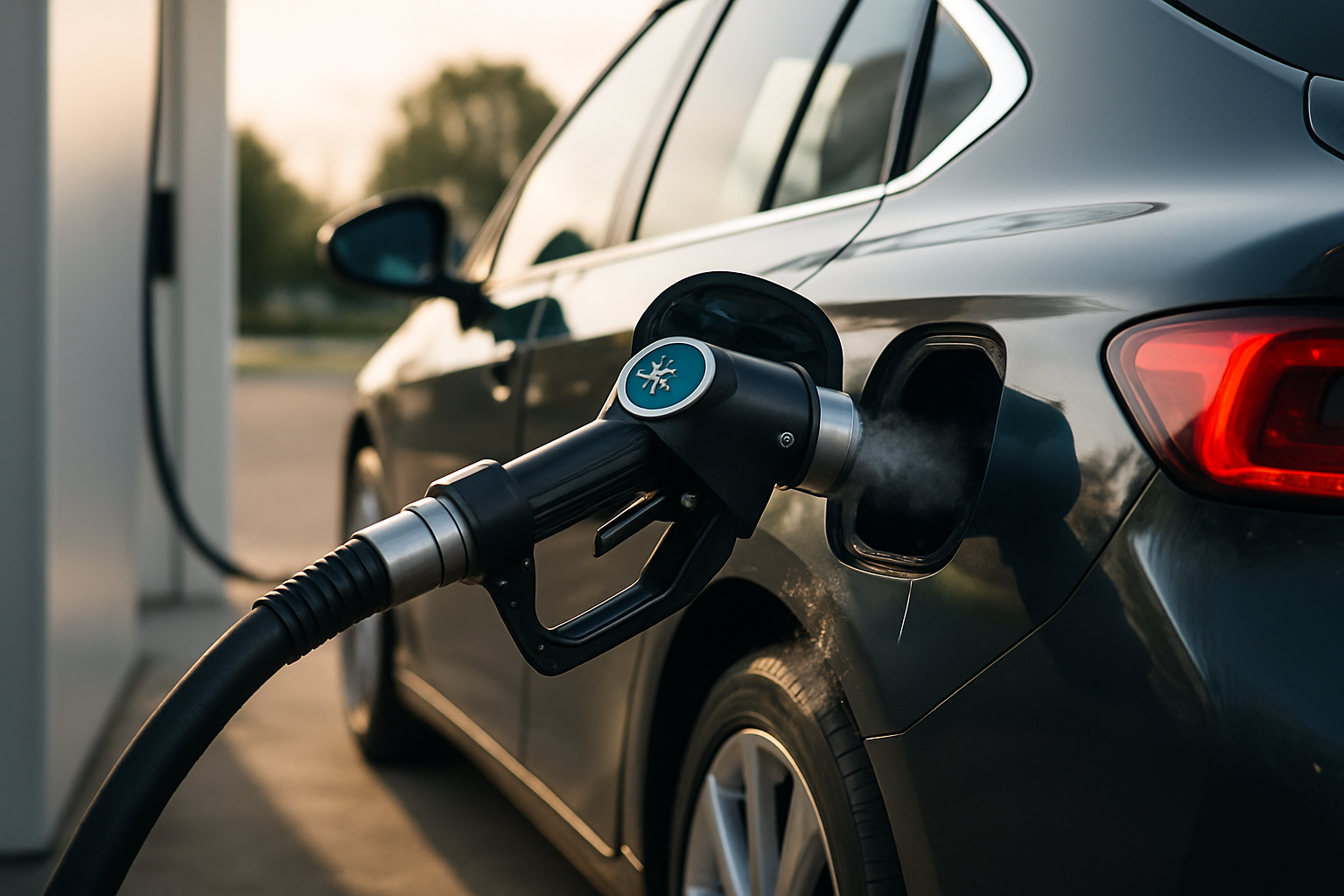The Surprising Power of Hydrogen: Fueling the Future of Automotive Engineering
Picture this: A car that only emits water vapor as exhaust, can be refueled in just a few minutes, and offers a driving range comparable to that of conventional vehicles. Welcome to the world of hydrogen fuel cell vehicles, a promising and innovative technology that is reshaping the automotive landscape.

Hydrogen Fuel Cell Vehicles: A Historical Background
Hydrogen fuel cell technology, while now making waves in the automotive world, isn’t a new concept. The roots of this technology trace back to the 19th century, with the invention of the fuel cell by Welsh scientist Sir William Robert Grove. However, it wasn’t until the mid-20th century that this technology started to find practical applications, primarily in the aerospace industry during the cold war era and later in space missions.
The turn of the 21st century saw major automakers taking a keen interest in hydrogen fuel cell technology. Companies like Toyota and Honda began developing fuel cell vehicles, driven by the potential of hydrogen as a clean, efficient, and renewable source of energy.
Current Industry Trends and Insights
Today, hydrogen fuel cell technology is gaining momentum in the auto industry. Several automakers are investing heavily in this technology, with models like the Toyota Mirai and the Hyundai Nexo leading the way. The market for hydrogen fuel cell vehicles is expected to grow significantly over the coming decades.
One exciting development is the integration of fuel cells with electric drive systems. This hybrid approach combines the best of both worlds: the quick refueling and long-range capabilities of hydrogen with the efficiency and performance of electric power.
The Impact of Hydrogen Fuel Cell Technology
The widespread adoption of hydrogen fuel cell vehicles could have profound implications for the automotive industry and beyond. For starters, these vehicles produce zero harmful emissions, making them a promising solution to combat air pollution and climate change.
However, the transition to hydrogen isn’t without its challenges. Producing hydrogen fuel in a sustainable way is a major hurdle. While hydrogen is abundant, most of it is currently sourced from natural gas in a process that emits carbon dioxide. Advances in renewable hydrogen production methods, such as electrolysis powered by wind or solar energy, are critical for the long-term viability of hydrogen fuel cell vehicles.
Research-Backed Automotive Insights
Research shows that hydrogen fuel cell vehicles have the potential to be a game-changer. A study by McKinsey & Company predicts that by 2050, hydrogen could power a global fleet of more than 400 million cars, contributing to a significant reduction in carbon emissions.
Moreover, many experts believe that hydrogen, unlike battery-electric vehicles, offers a viable solution for long-distance and heavy-duty transportation, thanks to its high energy density and quick refueling times.
Balancing Depth with Accessibility
Understanding the inner workings of a hydrogen fuel cell vehicle can be complex. Essentially, a fuel cell car combines hydrogen stored in a tank with oxygen from the air to produce electricity, which then powers an electric motor. The only byproduct of this process is water vapor, making the technology remarkably clean.
Hydrogen fuel cell cars offer a unique blend of efficiency, performance, and sustainability. It’s a technology with the potential to revolutionize not just the car industry, but the whole energy sector. However, realizing this potential will require overcoming significant hurdles, from hydrogen production and storage to the establishment of a comprehensive refueling infrastructure.
The world of hydrogen fuel cell vehicles is a fascinating one, filled with promise and challenges. As the automotive industry continues to evolve, this technology will no doubt play a crucial role in shaping our transportation future.





